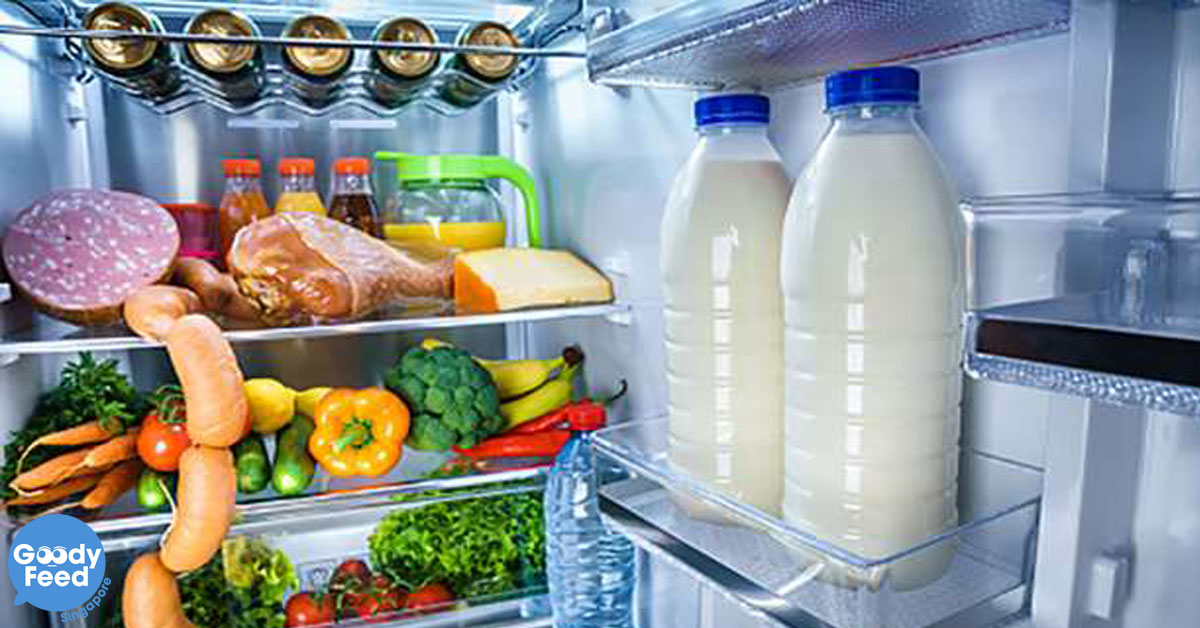Are you the type that’s always confused about the dates shown on food packaging?
“Aiyah, just eat before the date lah!”
Well, this mindset is both right and wrong at the same time.
But before I delve further into that, do you know what’s the difference between “Use By” and “Best Before” dates?
Use by date is about safety
Use by date is about safety and is also the “final call”.
Foods can be eaten until the date itself, but not after.
Even if it still looks fine or smells fine (what people usually say), it is not fine.
I mean, can you see or smell bacteria?
For food items such as meat products or ready-to-eat meals, the use by date is usually on the day itself, or just a few days later.
However, use by dates are not the safest thing to follow. This is because use by dates are often set under the assumption that food will be stored in proper conditions.
For example, milk.
If a carton of milk is going to be consumed within 2 days, it is actually under the assumption that consumers will place the milk in the fridge before drinking.
So if you leave it at room temperature, it’ll be unsafe for consumption in just a few hours.
Hence, for the use by date to be valid, consumers must follow storage instructions strictly.
Best before date is about quality
Best before date is all about the quality. It literally means when the food is “best before”. So technically, you can still eat food that’s past its best before date!
Similarly, this date will only be accurate if the proper storage instructions are followed.
Why it’s detrimental
According to The New Paper, 30-50% of the food displayed on supermarket shelves are wasted, thanks to staff’s misunderstanding of the two dates.
Here in Singapore, 796,000 tonnes of food was wasted, according to National Environment Agency (NEA) statistics released in 2014.
That is about 1,420 fully loaded Airbus A-380s.
Want to know more?
Here’s some information from the Agri-Food & Veterinary Authority of Singapore (AVA):




